A new infrared instrument on a telescope in Hawaii will let astronomers find more exoplanets orbiting red dwarf stars. The discoveries may include rocky worlds that are potentially habitable.
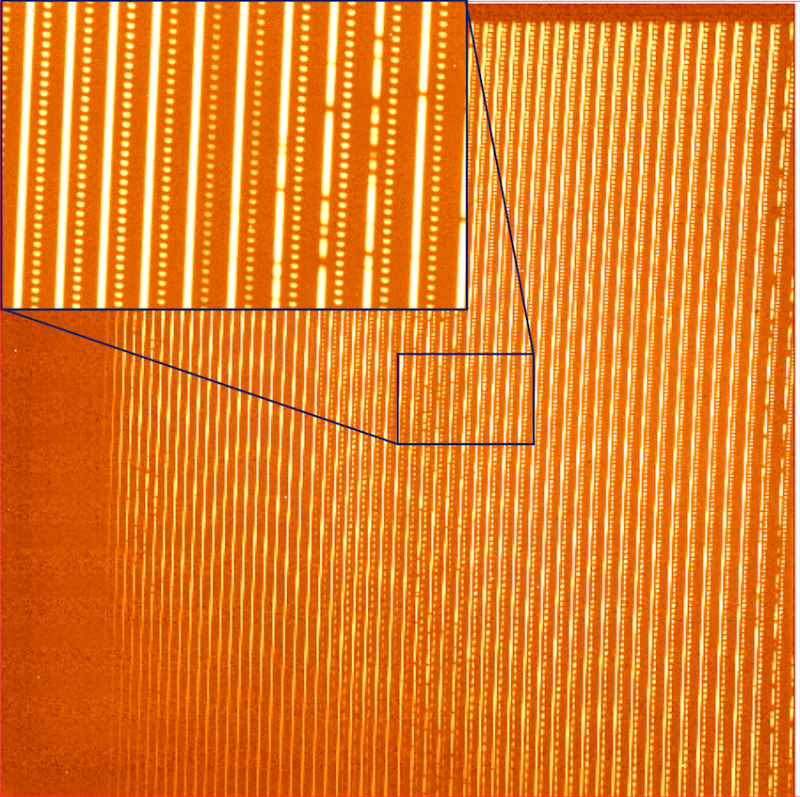

On this day: 15 July 1799, as French soldiers were strengthening the defences of Fort Julien, just north-east of the Egyptian port of Rosetta (Rashid), Lt Pierre-François Bouchard spotted a slab of stone with inscriptions on one side that his soldiers had uncovered. This slab was named the Rosetta Stone, and a few hundred years later, the name would be carried by ESA’s Rosetta Mission, hoping to unlock the secrets of a comet… More at http://www.britishmuseum.org/research/collection_online/collection_object_details.aspx?objectId=117631&partId=1
For millennia, our planet has sustained a robust ecosystem; healing each deforestation, algae bloom, pollution or imbalance caused by natural events. Before the arrival of an industrialized, destructive and dominant global species, it could pretty much deal with anything short of a major meteor impact. In the big picture, even these cataclysmic events haven’t destroyed the environment—they just changed the course of evolution and rearranged the alpha animal.
But with industrialization, the race for personal wealth, nations fighting nations, and modern comforts, we have recognized that our planet is not invincible. This is why Lifeboat Foundation exists. We are all about recognizing the limits to growth and protecting our fragile environment.
Check out this April news article on the US president’s forthcoming appointment of Jim Bridenstine, a vocal climate denier, as head of NASA. NASA is one of the biggest agencies on earth. Despite a lack of training or experience—without literacy in science, technology or astrophysics—he was handed an enormous responsibility, a staff of 17,000 and a budget of $19 billion.
In 2013, Bridenstine criticized former president Obama for wasting taxpayer money on climate research, and claimed that global temperatures stopped rising 15 years ago.
The Vox News headline states “Next NASA administrator is a Republican congressman with no background in science”. It points out that Jim Bridenstine’s confirmation has been controversial — even among members of his own party.
Sometimes, flip-flopping is a good thing
In less than one month, Jim Bridenstine has changed—he has changed a lot!
After less then a month as head of NASA, he is convinced that climate change is real, that human activity is the significant cause and that it presents an existential threat. He has changed from climate denier to a passionate advocate for doing whatever is needed to reverse our impact and protect the environment.
What changed?
Bridenstine acknowledges that he was a denier, but feels that exposure to the evidence and science is overwhelming and convincing—even in with just a few weeks exposure to world class scientists and engineers.
For anyone who still claims that there is no global warming or that the evidence is ‘iffy’, it is worth noting that Bridenstine was a hand-picked goon. His appointment was recommended by right wing conservatives and rubber stamped by the current administration. He was a Denier—but had a sufficiently open mind to listen to experts and review the evidence.
Do you suppose that the US president is listening? Do you suppose that he will grasp the most important issues of this century? What about other world leaders, legislative bodies and rock stars? Will they use their powers or influence to do the right thing? For the sake of our existence, let us hope they follow the lead of Jim Bridenstine, former climate denier!
Philip Raymond co-chairs CRYPSA, hosts the New York Bitcoin Event and is keynote speaker at Cryptocurrency Conferences. He sits on the New Money Systems board of Lifeboat Foundation. Book a presentation or consulting engagement.

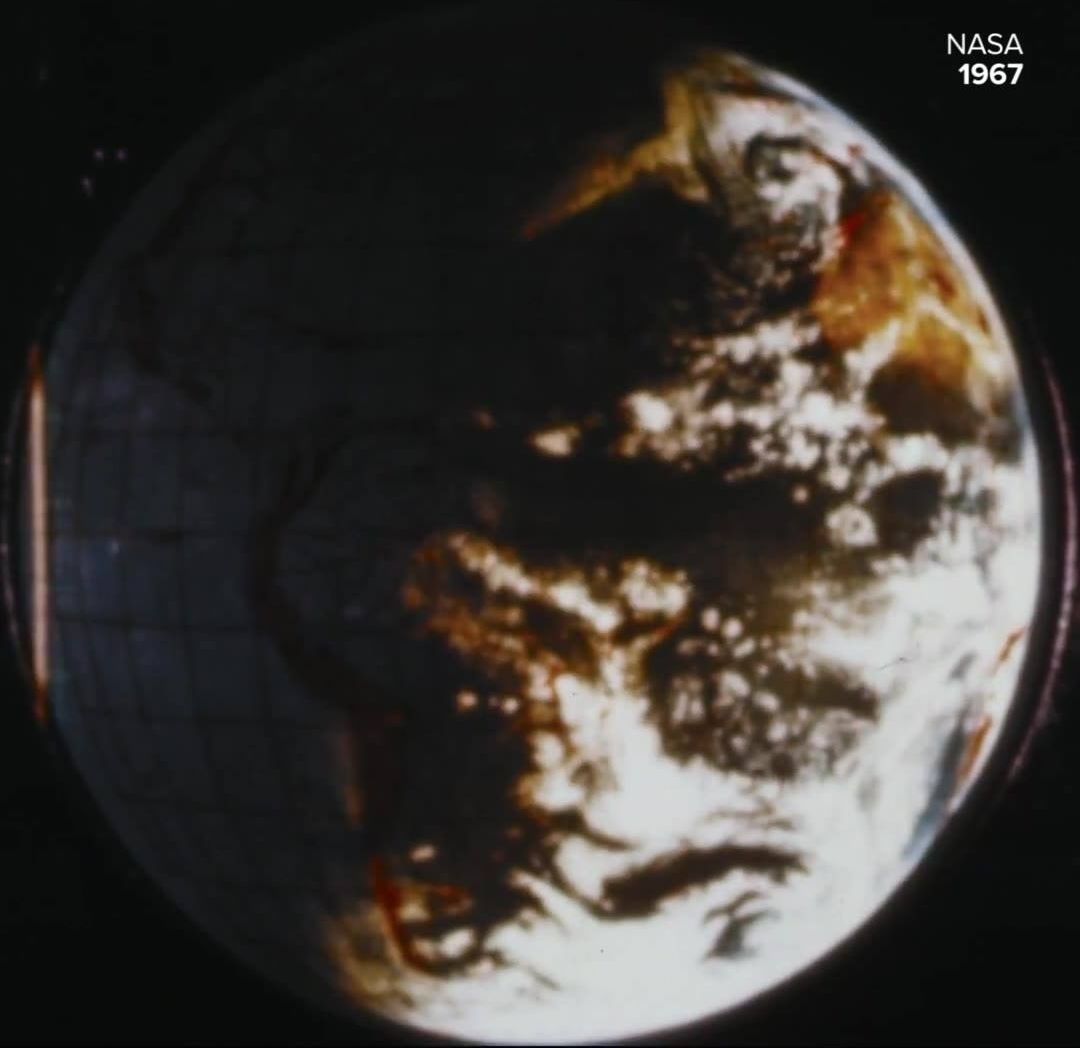
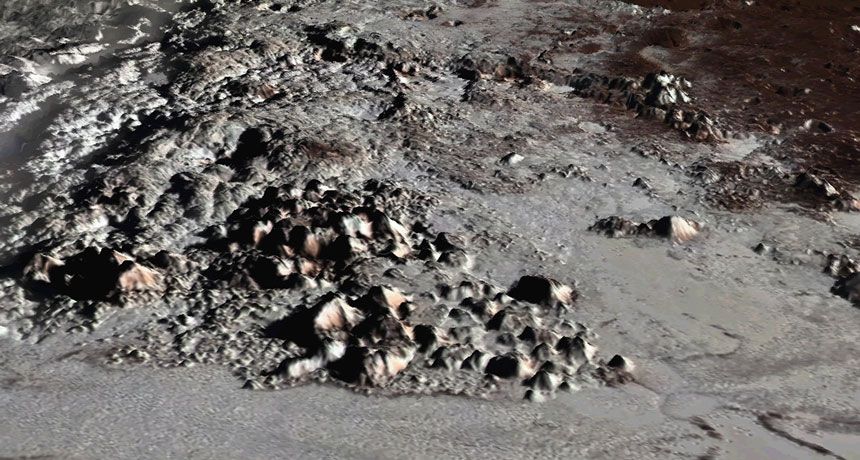
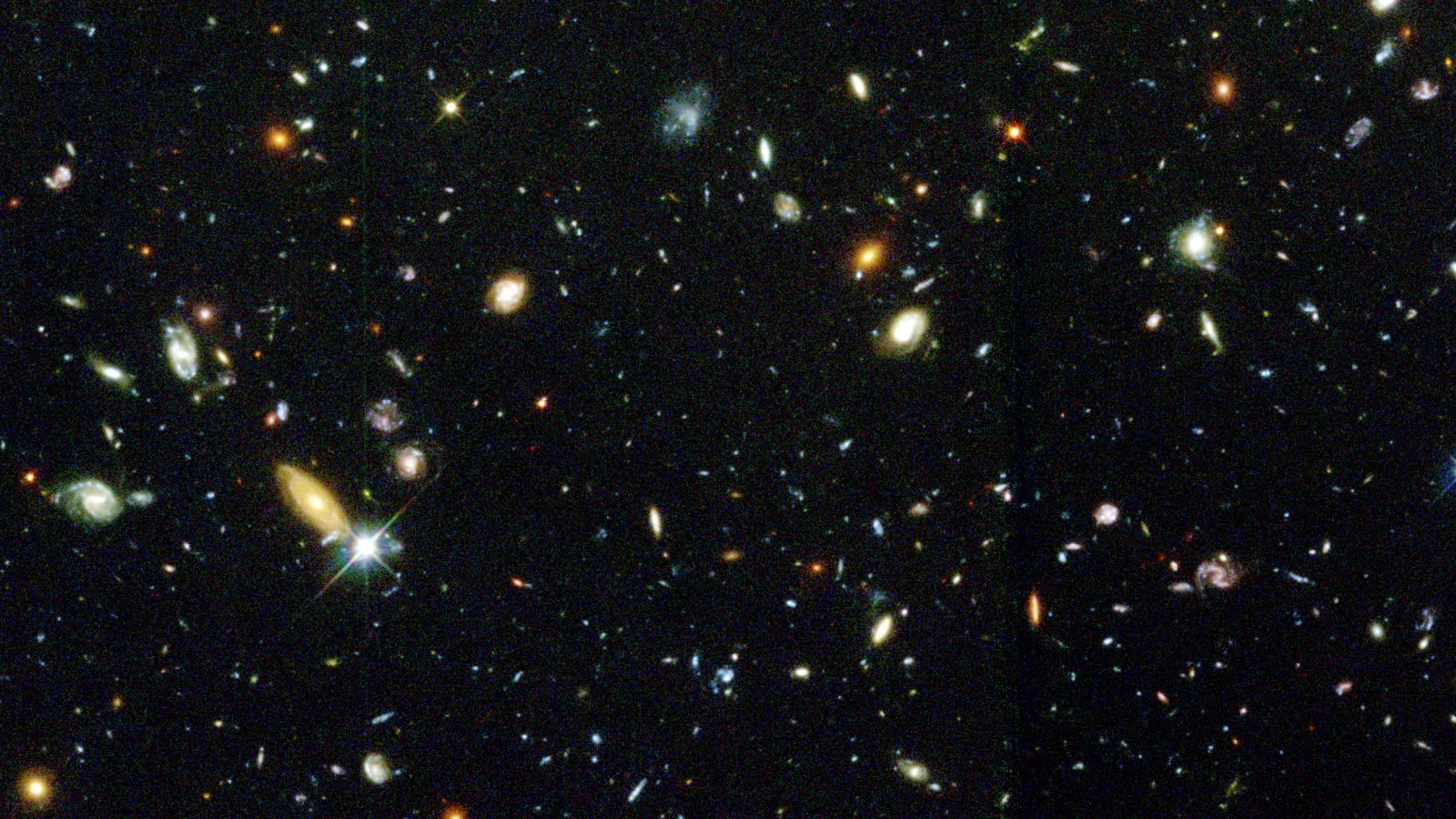
You’re probably sitting still, right? Wrong, absolutely wrong. Not only are you on a spinning orb, but you’re also traveling around 70,000 miles per hour around a star, in a galaxy that, observations imply, is sailing through space at over a million miles per hour.
If the above numbers seem shocking, they shouldn’t be. The laws of physics look and feel the same for any object so long as it’s not accelerating, the way you can’t feel that a car is traveling at a steady 60 miles per hour unless you look out the window. But that also makes our galactic speed hard to measure from here on Earth. The million-plus mile per hour number is based on measurements of how the most distant objects in the Universe appear to move in comparison to us, but scientists want to try to measure our acceleration by looking at more nearby objects.
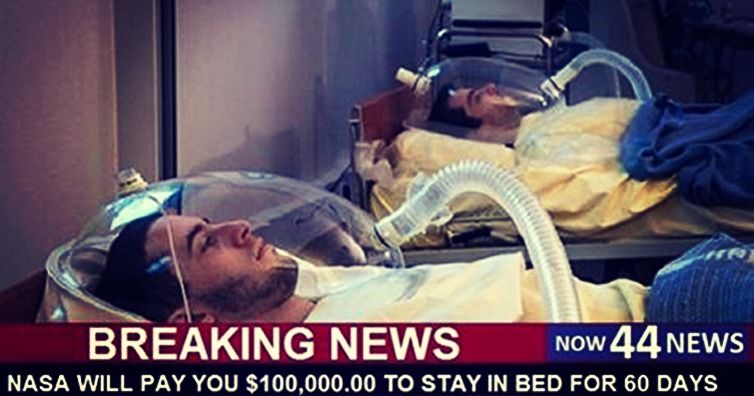
Wouldn’t you just love to carry on sleeping on a Monday morning without having to submit to the Monday morning blues and get ready for work? What type of heaven would you envisage if you were paid to stay in bed; it would be a glorious one wouldn’t it? If only it were possible!!! But!! Hold it right there, don’t be disappointed because what if we told you it is possible!! You can get paid a huge sum of money just staying in bed for two whole months and by you know who?? NASA no less!!!
Yes the American space agency NASA is paying $100,000 to stay in bed for 60 days. Find out why and if it is really too good to be true.
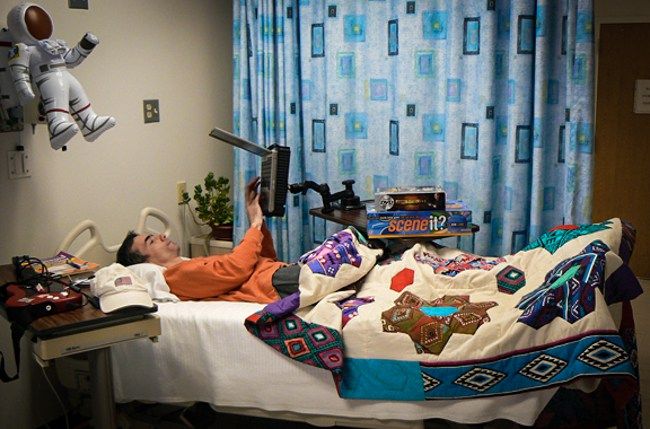

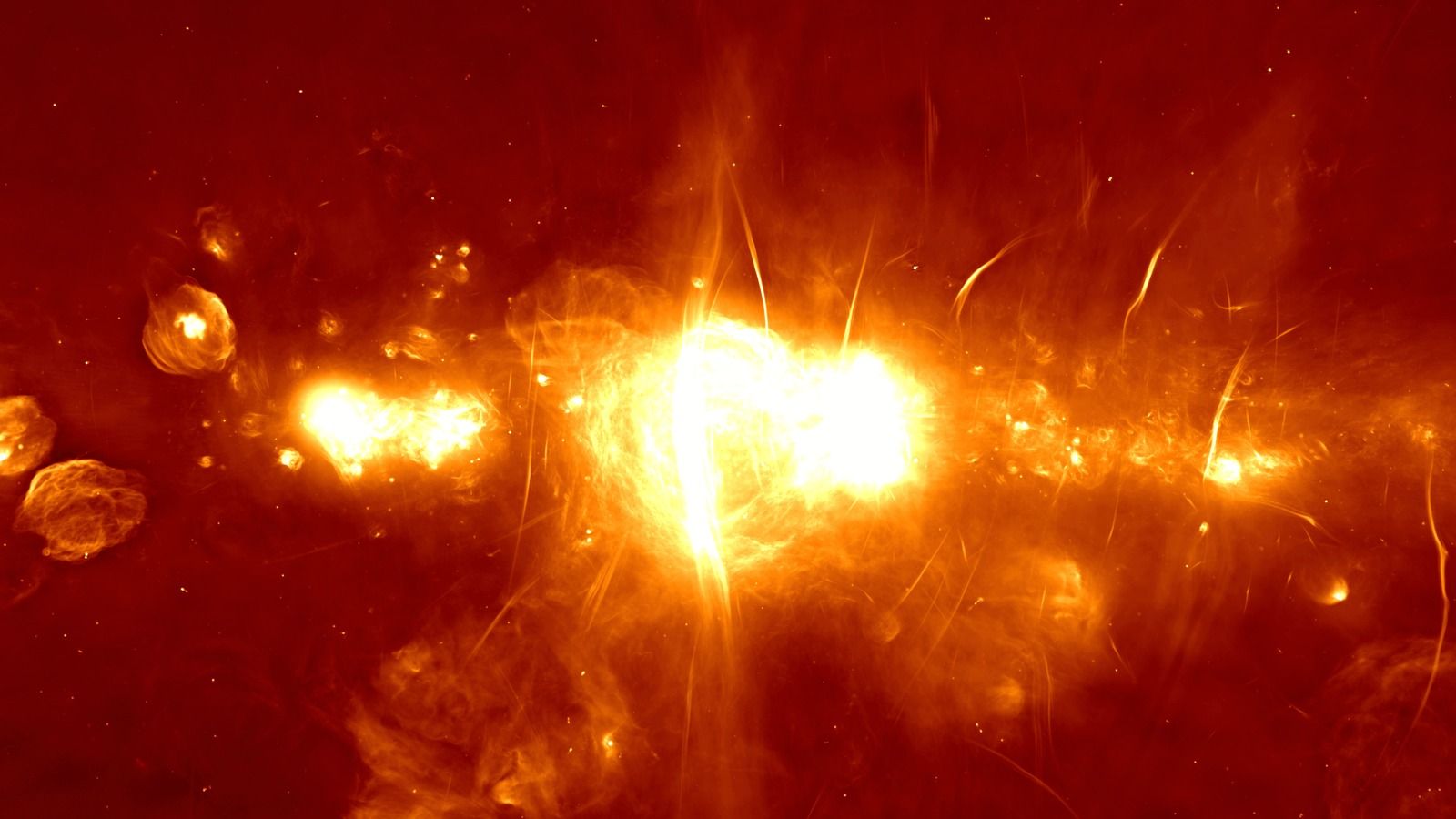
You’re looking at the center of our galactic home, the Milky Way, as imaged by 64 radio telescopes in the South African wilderness.
Scientists released this image today to inaugurate the completed MeerKAT radio telescope. But these scopes form part of an even more ambitious project: the Square Kilometer Array, a joint effort to build the world’s largest telescope, spanning the continents of Africa and Australia.